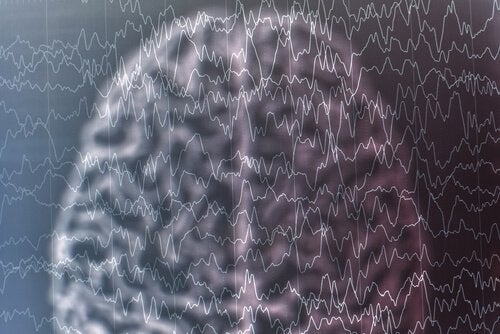Lennox-Gastaut syndrome accounts for 3 to 6% of children with epilepsy, being more common in boys than in girls, usually begins between 3 and 4 years of age and in almost half of cases the cause is unknown. In addition to seizures, cognitive impairments and a slow wave pattern often occur. In almost all cases, cognitive decline is progressive.
Children with the disease have learning problems, memory loss, and psychomotor disorders. Half of children who reach adulthood have severe disabilities and only a very small percentage of people with this disease can take care of themselves. Lennox-Gastaut syndrome is associated with impairment in all diagnosed cases.
- Approximately 5% of patients with Lennox-Gastaut syndrome die from the disease or related problems before age 10 with the disease.
- This disorder often persists in adolescence and adulthood.
- Causing various emotional problems and disabilities.
- For this reason.
- Current treatments aim to improve the quality of life of patients.
Lennox-Gastaut syndrome is a severe type of childhood epilepsy that causes impaired intellectual abilities and developmental problems. Seizures usually begin before age 4. The types of seizures people with this disorder experience are many, but seizures often occur:
There may be times when seizures are common and short periods when they don’t occur. Most children with Lennox-Gastaut syndrome have some form of disorder in intellectual functioning or information processing, accompanied by developmental delays and behavioral disturbances.
This syndrome is usually associated with serious behavioral disorders, such as:
Health complications for people with this syndrome also include neurological disorders, such as tetraparesia, hemiplegia, extrapyramidal disorders and delayed development of motor function. Early onset may occur, so it is impossible to know if Lennox-Gastaut syndrome is the transition-free continuation of West Syndrome However, the syndrome may appear in the second half of childhood, adolescence and even adulthood.
Patients may have a wave-wave association in the electroencephalogram, mental retardation, difficult-to-treat seizures, and poor response to anti-seizure medications; children have a prognosis focused on their mental development and the evolution of their seizures; however, Lennox-Gastaut syndrome is not a pathological entity, as several causes can cause its onset.
The most common causes of the syndrome are
The causes of the syndrome are unknown in 30 to 35% of cases. Treatment is very difficult and Lennox-Gastaut syndrome is very resistant to conventional treatment. The drugs of choice are valproate and benzodiazepines (clonazepam, nitrazepam and clobazam). the other is preferred according to the most frequent seizures of the patient.
Medications intended to reduce or relieve symptoms are usually not only a medicine, but rather the joint use of several, such as lamotrigin, valporate, or topiramate. In some children, there is some improvement. But they usually show tolerance to the drug over time, so seizures, which were previously controlled, become uncontrollable through treatment.
The treatment of the syndrome is for life because it has no cure, the main objective is to improve the quality of life by reducing the frequency of seizures, although eradication is not possible, in addition to medications there are other treatments such as ketogenic diet, vagus nerve stimulation and surgical treatment.
Currently, the long-term prognosis is bleak, with a mortality rate of 10% before the age of 11, the advantage is that researchers are working to improve these statistics and that progress, thanks to parallel technological advances, has been considerable in recent years.
All the authors agree on the particular and suggestive nature of the observed crises, as well as their high frequency, however, significant differences appear when determining the types of crises, in fact, most commonly they are brief and can even go unnoticed. .
The change in the psyche is generally severe, both in terms of intelligence and personality; is a constant part of the disease picture; mental retardation may be considered to persist or worsen in most cases; this mental retardation is likely to be, on the one hand, related to brain atrophy, confirmed by gas encephalography or CT scan.
On the other hand, lack of learning appears to be related to the frequency of seizures, the existence of episodes of lasting confusion, in the form of epileptic diseases and psychotic conditions, not to mention school exclusion and therapeutic overdose. often influenced by the child’s prepsychotic and psychotic personality changes (childhood autism).
References
David, P. , García, V. y Meneses, S. (2014). Lennox-Gastaur syndrome, updated review, Chilean Journal of Epilepsy 3, 42-45.
Herranz JL, Casas-Fernandez C, Campistol J, Campos-Castell-J, Rufo-Campos M, Torres-Falcon A, et al. (2010). Lennox-Gastaut syndrome in Spain: descriptive epidemiological study and retrospective Rev Neurol. 50, 711-7.
Valdivia Alvarez, C. and Marreno Martinez, P. (2012). Etiological characterization of symptomatic Lennox-Gastaut syndrome. Cuban Journal of Pediatrics 84 (1), 22-32.

